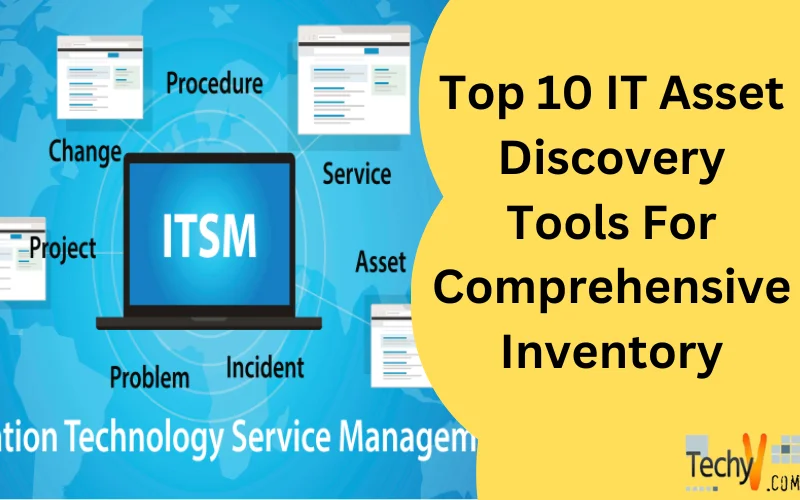IT asset discovery entails locating all hardware and software across an organization’s infrastructure to gain complete visibility into what exists. This provides IT teams with comprehensive inventories detailing every endpoint, network device, server, virtual asset, and application installed or accessed. Performing thorough discovery constitutes a vital prerequisite underpinning efficient IT management, strategic decision-making, regulatory compliance, risk mitigation, and cost optimization. As a database administrator, I outline the top 10 IT asset discovery solutions warranting serious evaluation from enterprise IT departments and managed service providers (MSPs) alike. Each offering provides unique capabilities spanning automated asset discovery, detailed reporting, integrations, and more. Across my extensive evaluations, I focused significantly on assessing discovery accuracy, breadth of devices and systems covered, ease of deployment, scalability to large environments, and depth of IT ecosystem integrations.
1. SolarWinds Network Performance Monitor
The SolarWinds Network Performance Monitor delivers integrated network fault and performance management capabilities. It automatically discovers all routers, switches, servers, virtual hosts, and other devices across complex on-premise and cloud-based infrastructures. Continuous monitoring methodology builds comprehensive inventories while also tracking configurations, traffic flow, capacity, service levels, and issues warranting attention from network administrators. Custom views and reporting within the interface provide asset details for critical activities like infrastructure planning, risk analysis, and regulatory compliance audits. As a robust monitoring framework, the Network Performance Monitor also integrates smoothly with IT service desks and configuration management databases (CMDBs) through API connections.
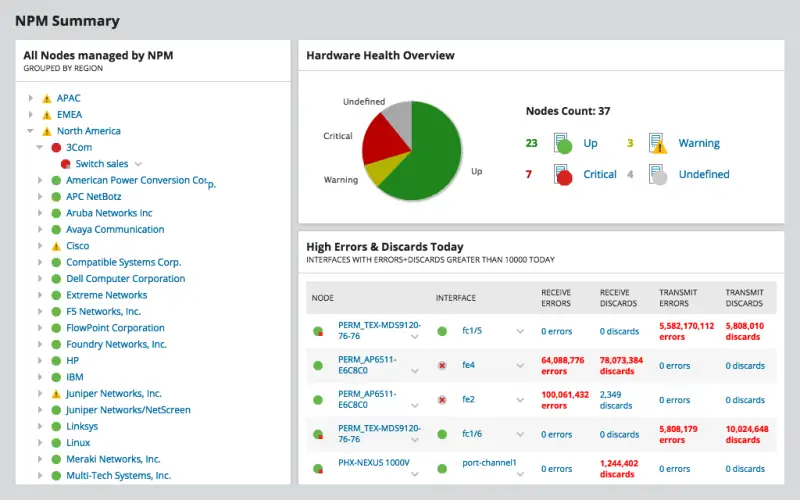
2. Paessler PRTG Network Monitor
Paessler PRTG Network Monitor constitutes another leading unified monitoring solution covering devices, systems, services, applications, and transactions. It leverages multiple discovery techniques including SNMP, WMI, and NetBIOS to detect devices across layers 2 and 3. Both agentless and agent-based deployment options inventory IT assets across on-premise and cloud environments. Such broad infrastructure coverage plus customizable topological mapping, dashboards, and alerts enable administrators to achieve full visibility. PRTG also scales easily to monitor large, complex networks across business units through distributed deployments while integrating seamlessly with CMDBs, service desks, and PA firewalls.

3. LogicNow Integrated Cloud-based IT Service Management (ITSM)
LogicNow delivers managed IT service capabilities through its cloud-based platform targeting MSPs seeking centralized remote monitoring. Automated discovery functionality locates Windows and Linux servers, desktops, laptops, tablets, printers, network devices, hypervisors, containers, cloud-based IaaS/PaaS resources, mobile devices, and Internet of Things (IoT) endpoints across customer environments. Rich insights help MSP administrators visualize dependencies, model capacity, plan upgrades proactively, assess risk levels by device, and optimize SLA performance. LogicNow also touts tight integration potentials with ubiquitous tools like ServiceNow and ConnectWise through public APIs and purpose-built connectors.

4. ManageEngine OpManager
OpManager constitutes ManageEngine’s unified infrastructure monitoring platform designed for large, distributed IT environments including massive enterprises. It conducts layer 2 and layer 3 network discovery using standard protocols like SNMP, WMI, SSH, and Telnet while covering common devices from switches and routers to firewalls and load balancers. Both agentless and agent-based methods further scan Windows, Linux, and macOS servers, desktops, and laptops for visibility into everything from hypervisors and virtual machines down to custom applications and database runtimes. OpManager’s proven scalability plus intelligent topological mapping makes it suitable for global enterprise deployments across multiple regions, data centers, and cloud environments.

5. Nagios XI
Nagios XI delivers enterprise-grade open-source monitoring capabilities in an approachable, user-friendly interface. Included auto-discovery components provide broad infrastructure coverage spanning switches, routers, servers, virtual machines, custom services, critical business applications, and cloud-based IaaS/PaaS assets across on-premise and public cloud environments. Intuitive configuration wizards allow administrators to implement both agentless and agent-based discovery methods leveraging industry-standard protocols like SNMP, WMI, and SSH augmented by API connectivity.
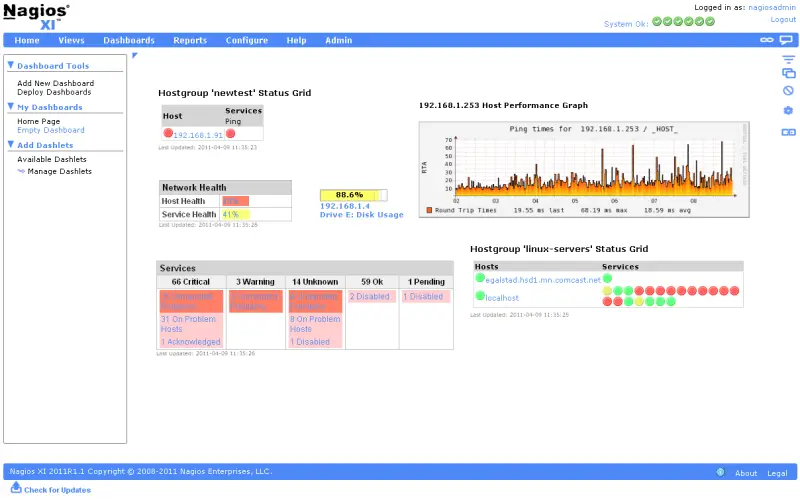
6. Cacti
As an open-source network visualization solution, Cacti offers extensive topology mapping, performance trending, uptime monitoring, and alert generation capabilities for networking-focused Infrastructure teams. Relying completely on industry-standard SNMP protocols for discovery, it auto-detects routers, switches, hubs, servers, firewalls, load balancers, and other infrastructure devices for asset inventory and real-time reporting needs. Custom data collection methods expand monitoring coverage to include environmental systems, facilities equipment, vehicles, and non-network IT assets not detectable via SNMP. Cacti’s native SaltStack integrations provide basic configuration management features while the PeroxiScope add-on enables centralized monitoring and management for distributed Cacti instances across multiple sites.
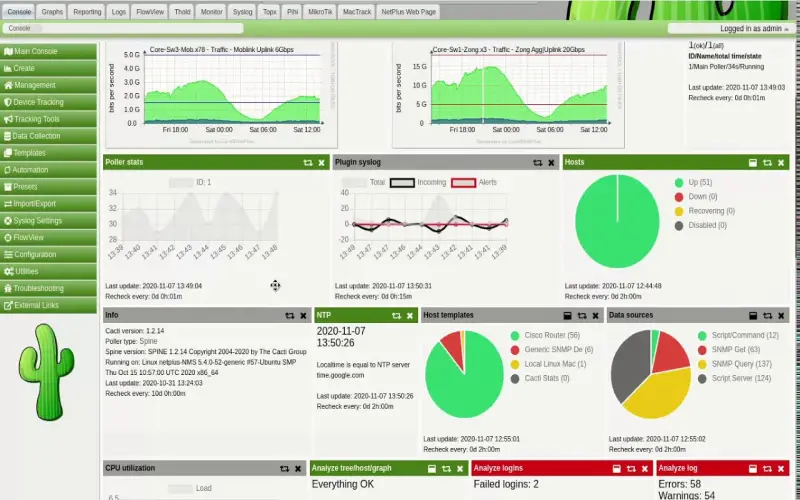
7. Zenmap
Offering on-demand network discovery capabilities, Zenmap constitutes the official cross-platform graphical user interface (GUI) for the ubiquitous, open-source Nmap port scanning and network exploration utility initially released in 1997. It detects live hosts residing on target subnets and networks and then further interrogates discovered devices to enumerate specifics through operating system fingerprinting, comprehensive port scans, service identification, vulnerability detection, and granular version detection for nearly all software services exposed remotely. Out-of-the-box reporting covers all requisite inventory details like hostnames, IP addresses, MAC addresses, observed open ports, associated services, and detected applications, along with vulnerability insights to inform security initiatives.
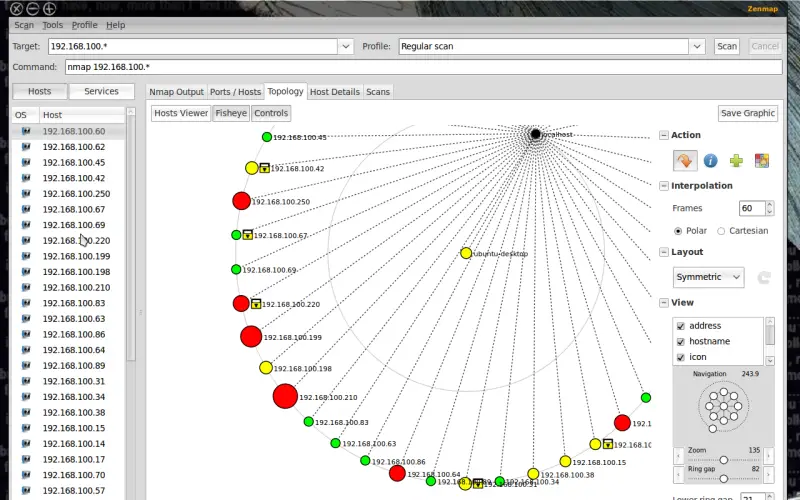
8. Spiceworks IT Management
Spiceworks IT Management platform delivers integrated help desk ticketing, network monitoring, inventory management, and reporting functionality via its popular free offering. Relying on agentless IP address range scanning techniques, it automatically discovers devices on local area networks for automated infrastructure mapping. IT administrators thereby gain much-needed visibility into hardware assets, installed software, and actively running applications across Windows and Linux server/desktop fleet. The advertiser-supported, cloud-based system reputedly covers common technology stacks including servers, desktops, laptops, tablets, printers, multifunction devices, routers, switches, IP phones, wireless access points, and more.
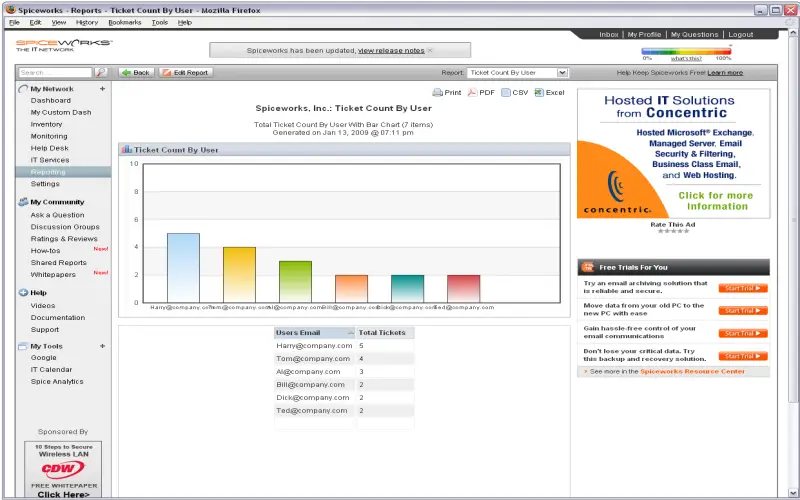
9. NinjaOne Unified Endpoint Management
NinjaOne positions itself as a complete unified endpoint management solution providing endpoint detection and response (EDR) capabilities alongside full IT asset visibility. Relying on a highly-rated agent across Windows, macOS, and Linux operating environments, it conducts thorough discovery scans on both server and employee devices whether residing on-premise or in public/private cloud platforms. Collected inventory insights supply exceptionally detailed overviews of all hardware specifications, installed software applications, services, drivers, patches, files, registry keys, and other attributes for monitored endpoints.
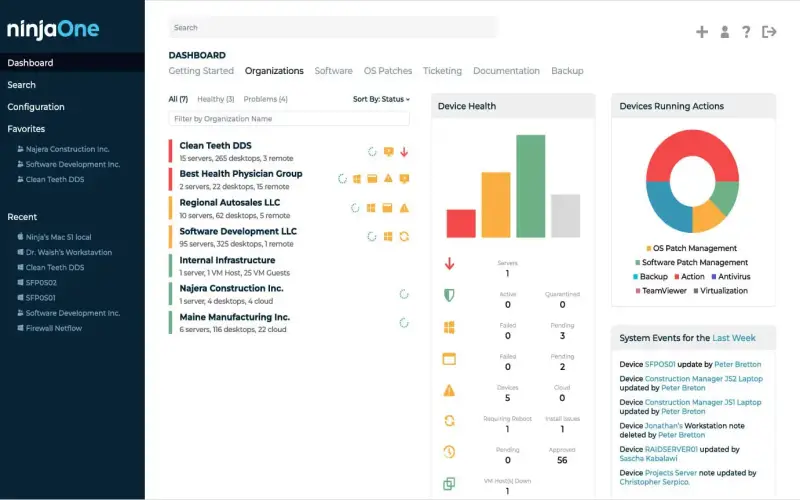
10. SysAid IT Service Management (ITSM)
SysAid ITSM delivers extensive service desk capabilities with integrated modules purpose-built for IT asset management (ITAM) across customer environments both on-premise and in the cloud. Automated discovery functionality pulls detailed hardware and software inventory data for improved visibility across computers, devices, and IT infrastructure. Optional lightweight agents further enhance data collection from Windows, macOS, and common Linux distributions to cover granular intricacies. Collected SysAid inventories link normalized data records to associated users, devices, contracts, software licenses, underlying parts/components, configuration details, and spatial locations based on IP addresses.




